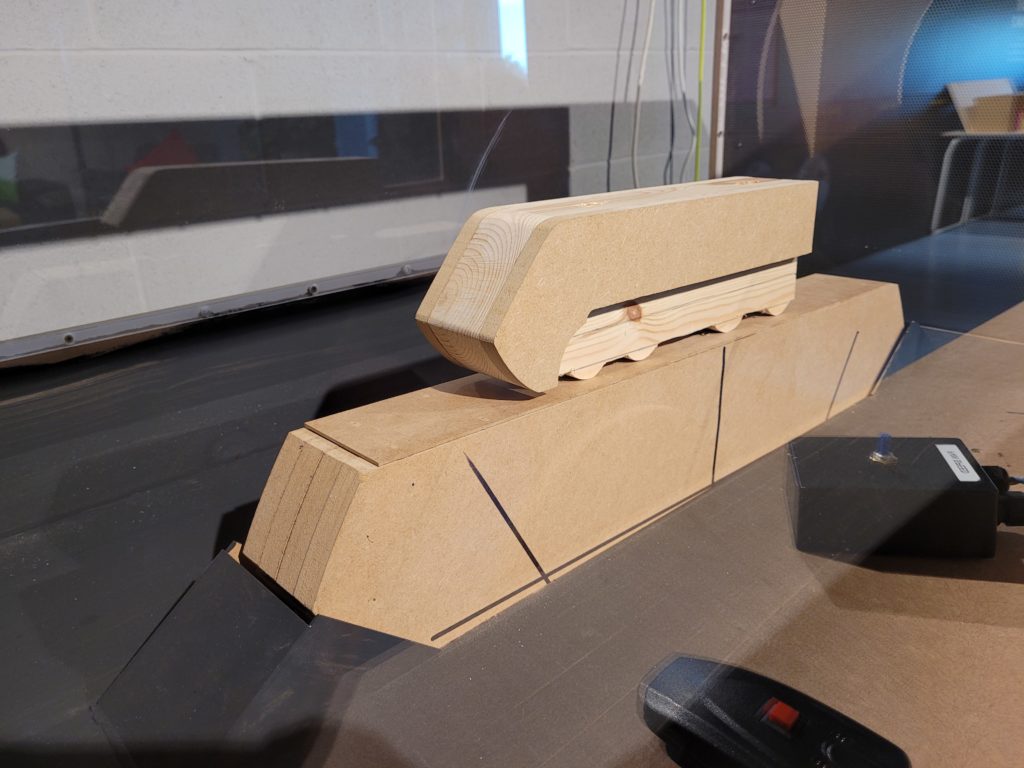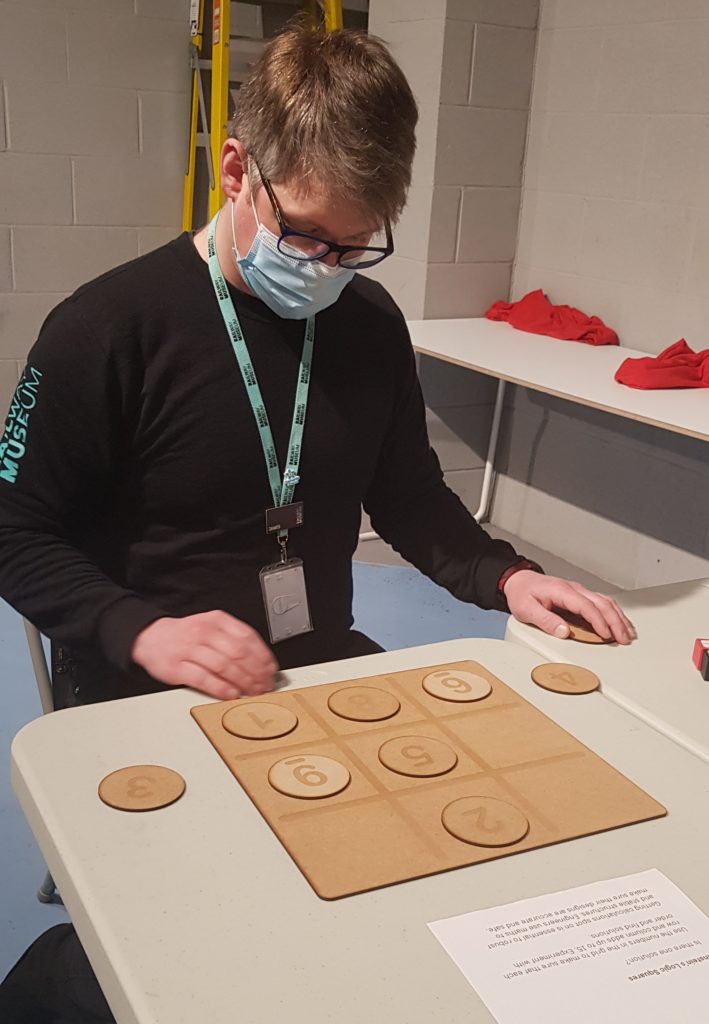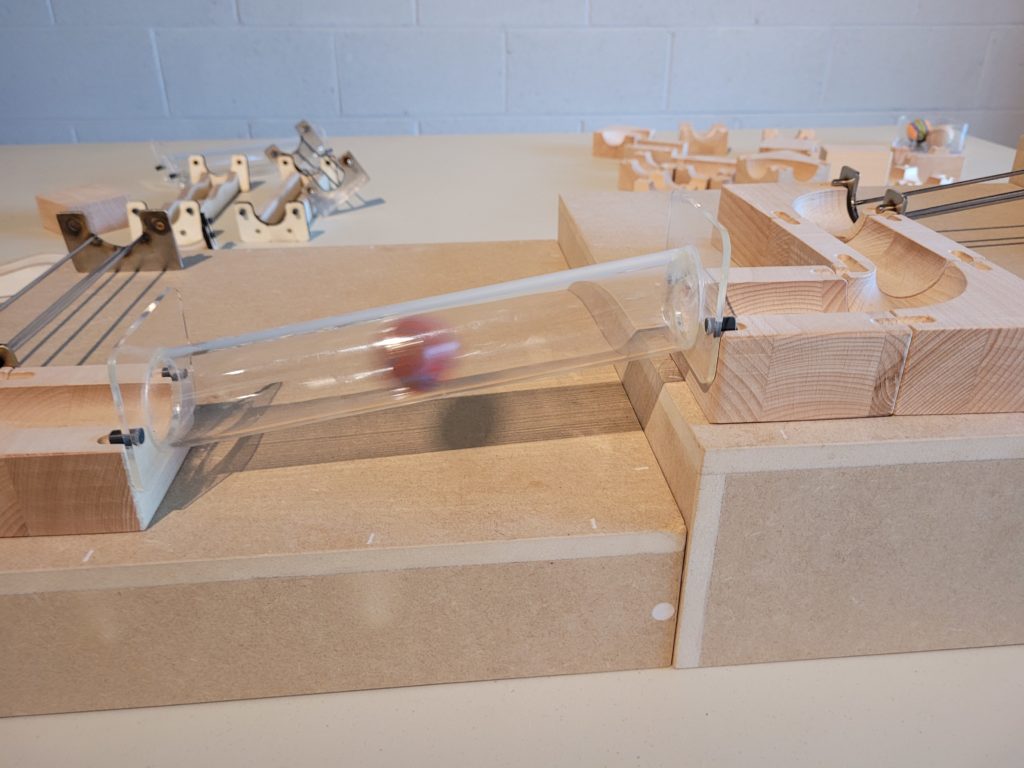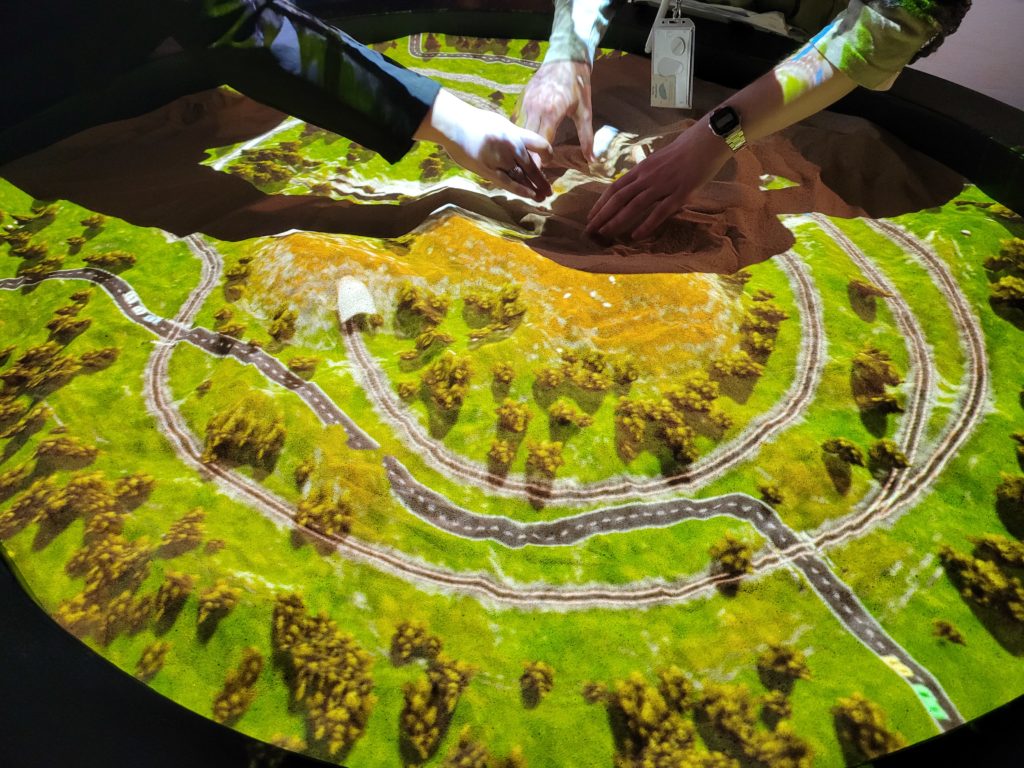In Wonderlab: The Bramall Gallery, families will be able to explore interactive exhibits and challenge themselves to think like engineers.
Over the past year, our project team and developers have been working hard to realise the gallery, including the concepts for new exhibits. To make sure those exhibits are appealing and engaging to those who will use them, we test them in a process called ‘prototyping’. You can find out more about this in this post in: The one where you find out about prototyping and how visitors can help.
Prototyping sessions are currently under way in which young people aged 7–14 and their families are invited to try out early versions of the planned exhibits. Visitors’ observations and feedback are vital to the development of the gallery, ensuring it is as engaging, inspiring and accessible as possible.
Our dedicated space for prototyping, up on the workshop balcony, has so far seen over 600 visitors come and try out our exhibits and chat about them in the comfy ‘living room’ area. Here’s a sneak peek at some of the prototypes we’ve had in the space recently.
Conductive Wall will be a large, stunning exhibit where visitors transform elements on a responsive wall by touch, on the theme of sustainability and wonder. We recently tested a simple prototype which combined some of the Bare Conductive technology and a proposed game system. Young visitors loved playing the game and talked about all of the different skills they felt they had used during play, including problem-solving, prioritising, teamwork and, particularly, resilience. As one 13-year-old visitor said: ‘You’ve got to fail to succeed.’
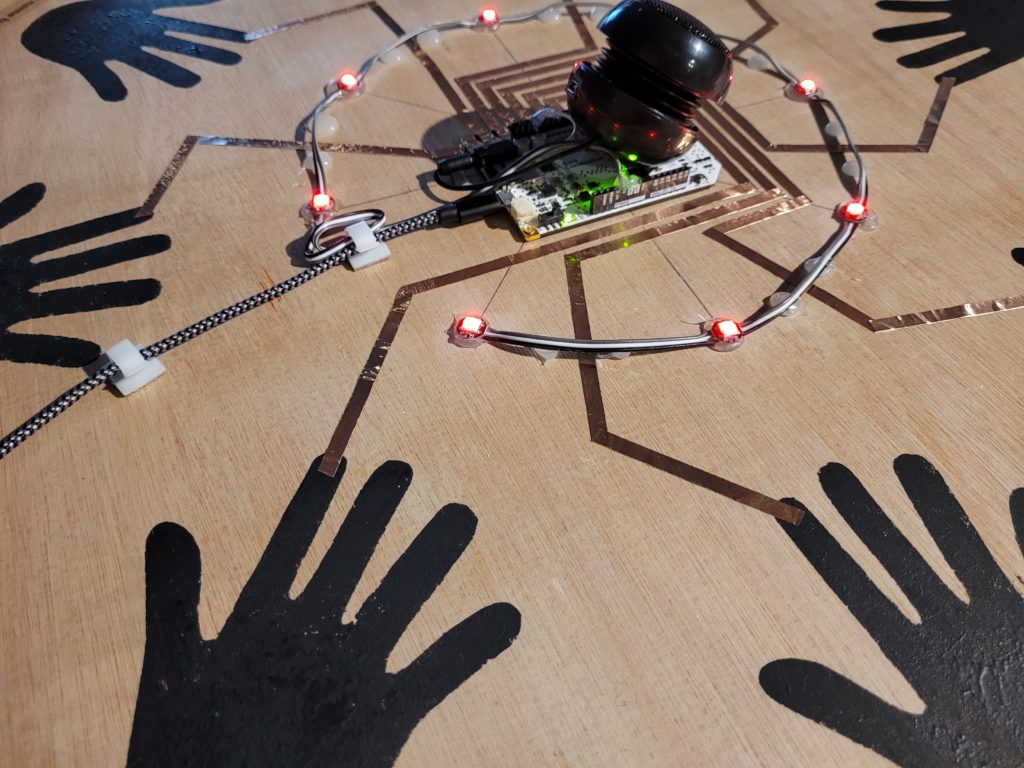 Air Flow sees visitors controlling and observing the effect that locomotives have on air flow within a wind tunnel. Early testing of this prototype prompted young visitors to think about the history of train design as well as energy efficiency in engineering, the future of railways and even environmental impact. A 10-year-old visitor commented: ‘If you make it streamlined you can use less fuel, so it’s more efficient.’
Air Flow sees visitors controlling and observing the effect that locomotives have on air flow within a wind tunnel. Early testing of this prototype prompted young visitors to think about the history of train design as well as energy efficiency in engineering, the future of railways and even environmental impact. A 10-year-old visitor commented: ‘If you make it streamlined you can use less fuel, so it’s more efficient.’
We have been testing several different activities to go into our Maths Puzzles area, including a tricky logic puzzle, an Archimedes balancing game, and a route-making and -finding puzzle which was incredibly popular with young visitors. One 10-year-old said: ‘I liked [Archimedes] because I have a competitive side. I used a strategy’, while another said ‘I really enjoy this [route puzzle]. The way you can move the tracks so it goes different places.’
Marble Run encourages visitors to plan an efficient route for their marble using design, problem-solving and teamwork. We have tested two prototypes so far to make sure that the blocks and connecting pieces enable visitors to flex their creativity when making marble runs. An 11-year-old visitor said: ‘When people plan transport, what they need to do to make it, to design it, lots of work has to go into planning.’
Interactive Sandpit is a sensory and tactile experience where visitors sculpt the landscape and solve problems to ensure the safe route of the train. Our prototype is being continually updated with exciting new developments, including a new feature where cars stop at level crossings. Visitors have been incredibly impressed with the technology and potential for creativity, with one adult saying: ‘Are you sure this is for 7-14-year-olds and not for 7–50-year-olds?’
Visitors are just as excited about the new gallery as we are, with one adult saying ‘this is going to be a great addition to the museum’. If you want to get involved before the gallery opens too, you can!
Prototyping will continue until the end of the year, so there are plenty of opportunities for visitors to make an impact on the developing gallery. Prototyping takes place on the Balcony at NRM, and Wonderlab Audience Researcher Law Roebuck recruits visitors in the gallery to come up to the space and test.

